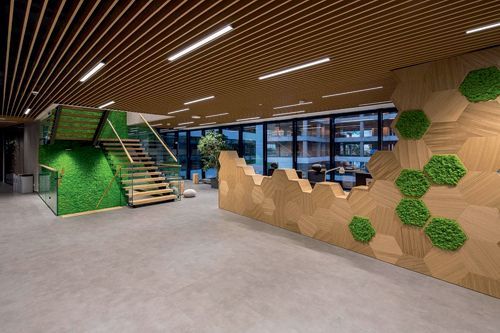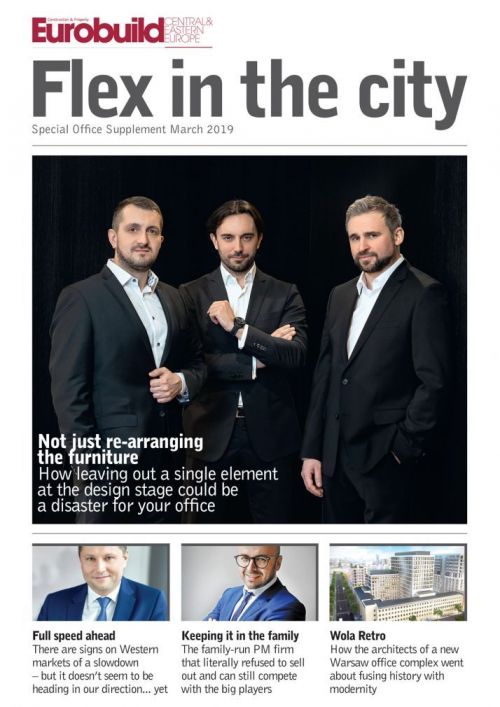How can we determine the form that the office of the future will take? The easiest way to do it is to assume that it will give employees the opportunity to perform their daily duties in the most efficient manner possible. Work stations, informal spaces, meeting rooms, focus rooms, phone booths are all types of space designed to support people in their daily work. When there is a wide choice and a variety of different types of space everyone will be able to find area spot that suits their needs at the time. The number of square metres per work station should be high. Much higher than in a typical ‘old-school’ style office. It simply doesn’t make sense these days to create a new office without a large proportion of informal space. With flexible office space, permanent work stations assigned to a single employee have become a thing of the past. The number of desks is less than the number of employees, as a result of changes in the work culture.
Reacting to change
Does































































